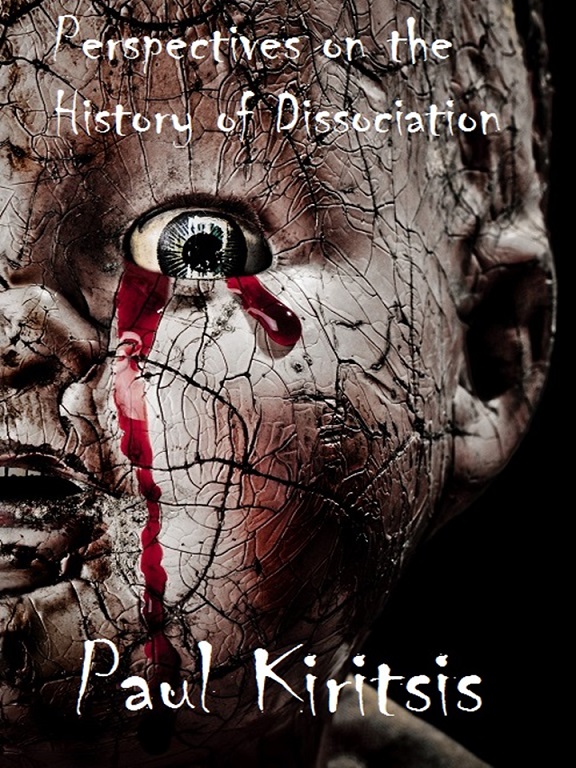
The full collection of articles on dissociation are now available for download as a single document/e-book for subscribers to this website. A short description of the contents is provided below:
“The conceptual parameters of what constitutes dissociative processes along with dissociative experiences and functions have undergone significant changes since their inception in the eighteenth century. Scrying the evolution of dynamic psychiatry over the last three hundred years, it appears that the concept of dissociation originally referred to posttraumatic divisions of integrative functioning or alterations of consciousness which later evolved to encompass nonpathological, hypnotically-induced variants like daydreaming. Originally, then, dissociation adhered to psychopathological denominations that imbued it with a conceptual clarity which was lost when diagnostic criteria for the phenomenon altered to include any integrative breakdown, pathological or not. Freud, for instance, reinterpreted dissociation under his repression model of ego defence against traumatic childhood memories.
The study traces both alterations in the understanding of what constitutes dissociation and the psychological phenomena to which it refers from Franz Anton Mesmer (1734-1815) in the eighteenth century through to Ken Wilber (1949-) in the twenty-first century, detailing how these innovations or lack thereof have affected the application of developmental theories to clinical practice in the psychiatric arena. Special emphasis is given to Dissociative Identity Disorder (DID) or Multiple Personality Disorder (MPD), the severest form of dissociative multiplicity. Finally, a modern child of Western esotericism–the psychosynthesis model of human development pioneered by the Italian psychiatrist Roberto Assagioli (1888-1974)–is used to interpret a famous contemporary case of DID detailed in the book Switching Time: A Doctor’s Harrowing Story of Treating A Woman with Seventeen Personalities (2008) by Dr. Richard Baer.”









